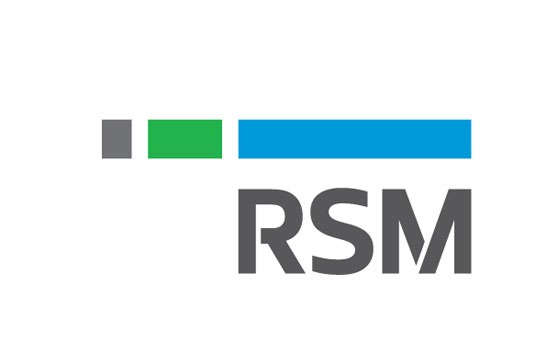
Have you ever looked up as you entered your local super market? There’s a whole host of banners and posters up there. Have you wondered why the local bakery at 11am smells like pies instead of baked bread, like it did when you got your coffee at 8am that morning? There are a lot of things like that, sitting in the background of our daily lives. They go unnoticed by our conscious brain perhaps, but not by our more primal unconscious. It has not only noticed, but in many cases it has been gently nudged in a certain direction. Now that I’ve mentioned it, there’s a chance you’ll notice it next time.
When it first came out, ‘nudge’ theory was an instant hit. It remained in the realm of academic pleasure and experiment until governments started to see the value. In this realm it came to be known as Behavioural Insights (BI). First they applied it to decision making – such as opt in and opt out choice for organ donation. Then they applied it to roads and transport, figuring out how to get fewer trucks on the CBD roads at peak hour. Now at last BI has entered the popular world of business.
Even though nudge theory rests on psychology (individual behaviour), sociology (organisational behaviour) and economics you don’t have to know those fields to use it. You can use BI in two ways: first to stop being manipulated, and second to nudge others in your direction. In the first place, all you have to do it become awake and aware of your surroundings. Start being watchful of how subtly your surroundings are moving you.
For example at my local airport there are huge glass walls at the entrance. It’s hard to see where the sliding entry doors are. Some numpty decided to contrast tiles against the concrete, with dark tiles in two diagonal stripes leading straight to… the solid glass. It gets me every time. Thump.
At work you can use nudge theory in your marketing and communications. Become aware of the affect your choice of images, font, word choice and layout have on the reader. Notice how you feel when entering different offices… how does green or blue or pink or black affect your mood? Become aware of your body language and what it might transmit to others: arm crossing, leg folding, eyebrow raising, fake smiling and nodding all nudge and influence the person you are speaking with. I guess, in the end, learning nudge theory is really about awareness. Self-awareness, conscious watching of others and our surroundings, and then using this information to our benefit. Happy hunting!
Dr Robert Holmes is a Senior Manager in RSM Australia. He leads the People and Change practise, which is part of the Consulting Division. Please feel free to
contact Robert on 02 6217 0300 or [email protected] should you wish to discuss anything raised in this article.


